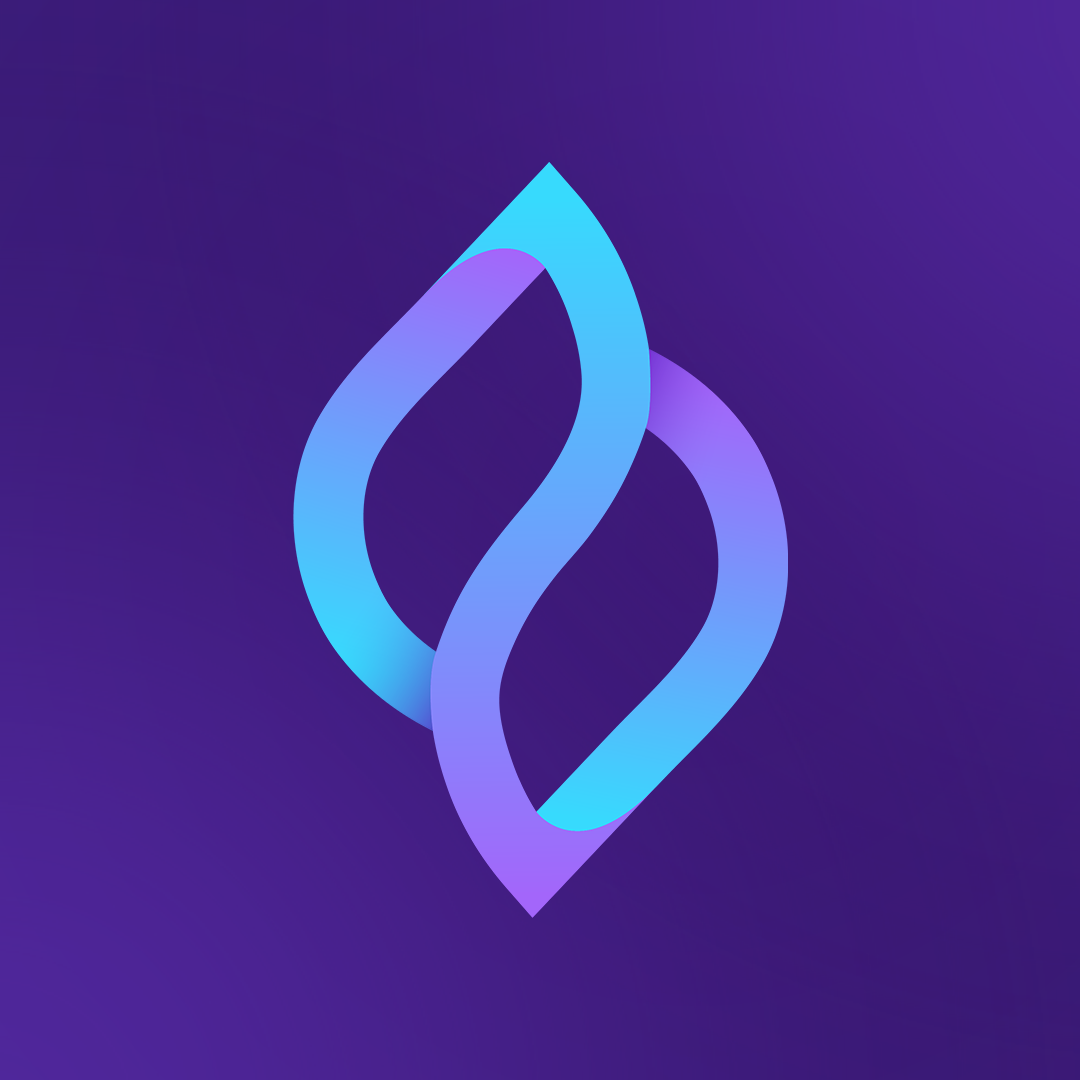Deep Dive
1. AI-Native Blockchain Upgrade (18 August 2025)
Overview: Destra upgraded its core architecture with AIVM (AI-Native Virtual Machine), embedding AI inference directly into its blockchain execution layer.
The upgrade allows smart contracts to natively interact with AI models, processing over 100,000 inferences per second on-chain. It introduces modular AI execution pipelines, enabling developers to deploy models without centralized dependencies.
What this means: This is bullish for DSYNC because it positions Destra as a leader in decentralized AI infrastructure, attracting developers needing scalable, trustless AI integration. Reduced reliance on external APIs could lower operational costs for dApps.
(Source)
2. Mainnet Architectural Overhaul (5 August 2025)
Overview: The upgrade introduced Zero-Knowledge AI proofs (ZK-AI) and cross-chain AI oracles via Arbitrum Orbit.
New modules include TAML for persistent agent memory and Destra Fastlane for sub-second inference routing. The ZK-AI system verifies off-chain model outputs without revealing proprietary data, while cross-chain oracles let Ethereum/Solana contracts access Destra-hosted AI models.
What this means: This is bullish for DSYNC because it solves critical trust issues in AI-blockchain integration, opening use cases in DeFi, gaming, and governance. Cross-chain compatibility expands Destra’s addressable market.
(Source)
3. Autonomous Agent Framework 2.0 (25 July 2025)
Overview: The NPC Framework 2.0 enables decentralized AI agents to coordinate across blockchains using GPU nodes for on-chain inference.
Key features include graph-based memory indexing, asynchronous multi-agent pipelines, and one-click deployments for trading bots/DAO assistants. Agents can now execute complex workflows (e.g., cross-DEX arbitrage) with persistent memory and real-time adaptation.
What this means: This is bullish for DSYNC because it lowers barriers to creating sophisticated AI agents, potentially increasing network usage and GPU node demand. Enhanced automation tools could drive adoption in DeFi and DAOs.
(Source)
Conclusion
Destra’s codebase updates solidify its position as an AI-first blockchain, with technical leaps in decentralized inference, cross-chain interoperability, and autonomous agent capabilities. These upgrades align with growing demand for trustless AI infrastructure in Web3. How quickly will developers leverage these tools to create killer AI-dApps?





 Most Visited
Most Visited Community Sentiment
Community Sentiment Chain Ranking
Chain Ranking Bitcoin Dominance
Bitcoin Dominance Market Cycle Indicators
Market Cycle Indicators Relative Strength Index (RSI)
Relative Strength Index (RSI) Bitcoin Treasuries
Bitcoin Treasuries BNB Treasuries
BNB Treasuries Overall NFT Stats
Overall NFT Stats Upcoming Sales
Upcoming Sales Signals
Signals Trending
Trending New
New Gainers
Gainers Meme Explorer
Meme Explorer Top Traders
Top Traders Feeds
Feeds Topics
Topics Lives
Lives Articles
Articles Research
Research